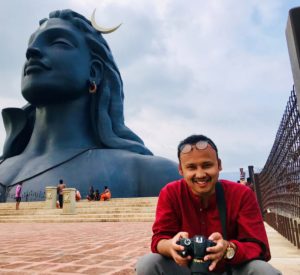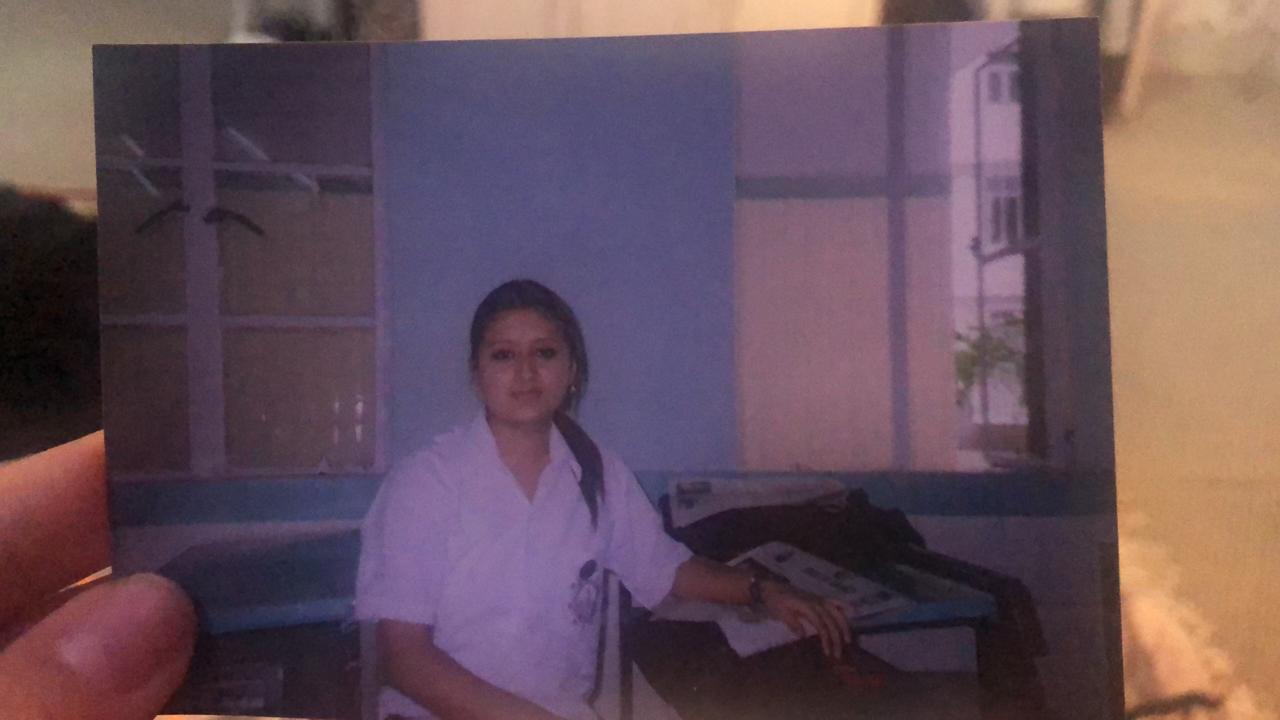Most Nepalese students are well adjusted in India and will keep coming, the bigger deterrent for female students being ragging. People to people contact still endures
Richa Karki called India ‘home’ for most of her life. She first arrived in India’s Kalimpong from Nepal’s Kathmandu to join school in the 1st grade. “I spent so much time in India that for me, Nepal was a completely different country — one where I would go sometimes for vacations. And Delhi feels more like home than Kathmandu,” Karki tells us over a phone conversation from Boston, US, where she moved to and now works in the state’s welfare department.
Karki was among the thousands Nepalese who came to India to pursue their education. The Ministry of Human Resources and Development’s report from 2018 shows that out of the ‘enrolment of foreign students in Indian higher education: 2015-16”, Nepal had the most number with 9,574 students; followed by Afghanistan — a few thousands lower at 4,404.
The 1950 Indo-Nepal Treaty of Peace and Friendship allowed the free movement of people and goods between the two nations and a close relationship and collaboration on matters of defence and foreign policy. Since then, the people of both nations have intermingled and enjoyed the benefits of free borders. In Nepal’s Kathmandu, one just needs to go to the marketplace to understand just how integrated is the Indian population, the normalcy with which the Indian currency is used.
But there have been contentious issues between the two, because of dispute over the region of Limpiyadhura, Lipulekh and Kalapani – the cause for the most recent diplomatic rumble. Nepal showed the disputed territories within its own borders in a new map, which was followed by a constitutional amendment to adopt the new map in its national emblem on 13 June this year.

Before this, India had published its new map of the border region in November which incorporated some of the territories disputed with Nepal inside its borders. The current strife taking place comes after 2015’s border closure when the Madhesi community, who are of Indian descent, demanded more rights in Nepal. They blocked the border – a move which Nepal blamed on Indian support to Madhesis and caused an economic blockade – which the land-locked country of Nepal depends on for goods coming in from India.
Now India views the worsening of ties with Nepal as that brought on by Prime Minister KP Oli’s closeness to China, but may have seen strong fissures developing since the blockade. Amongst the diatribe, PM Oli has also taken action by blocking Indian TV channels, a fixture in many homes, Karki tells us.
For Karki, her ties with India will remain. It began sometime in the 1990s, she is not quite sure, and lasted till 2012, when she left for America. But almost every year she returns for a visit to India, before she goes to Nepal. “I always liked it here, and never had a problem of being accepted. Maybe though if I looked more north-eastern, I would have faced racial discrimination. In fact, some Nepalis would question my origin, not believing I was one of them.”
The only time she remembers being called a racially discriminatory term was when she was a student of Delhi University. “I had gone out with two of my north-eastern friends for a movie and a bunch of guys called us ‘chowmein’. I was shocked.”
From Kalimpong, Karki went on to Vidya Devi Jindal School in Hisar before coming to Delhi in 2006. “It was freedom like never before”. And just as she spent a majority of her early life in India, Karki thinks students from Nepal will keep doing so.

“Parents are sending their children to the schools in hill stations like Dehradun, Nainital and Mussoorie. The education system is such in Nepal that it works better to send them to India. And for those wanting to pursue undergraduate courses, Delhi and Bangalore will still be places which will pull them”.
Bipin Ghimire, a Nepalese PhD student at the Department of International Relations in Delhi’s South Asian University too does not believe diplomatic relations would have much effect on people coming to India or vice versa. “I have been living here for four years. It’s not difficult to adjust here, nor do you feel very far away, like in some distant land,” he says.
Ghimire thinks that even while there may be a political rift, the interpersonal relations between the two countries’ peoples will remain intact. “Political relations between two sovereign states may have their highs and lows, but the relations between the two countries is not purely political or made between New Delhi and Kathmandu. It’s one which is made by people. People are friends with each other, they marry across the border… personally, I have a lot of friends in Delhi, and despite these strains in relations, it has not brought any change from among the people ”.
“Both countries have helped each other historically, there is a lot of cultural affinity, great people to people relations, so I don’t think any external hand can bring a drastic shift to these strong relations,” Ghimire says when we bring up the China factor.
China has coincidentally given assurance for funds to Nepal’s schools according to reports. These funds, to pay for teachers’ salaries, have now made at least 10 private schools in Nepal make Mandarin a mandatory subject to learn.
But Binit Gurung, an alumnus of the South Asian University says that the influence of China on Nepal is not as alarming as how it appears from India. A researcher now based in Kathmandu, he does agree that while the Nepali government has increased its engagements with China, it was after the events of 2015 blockade which made the former realise that it needed to reduce its economic dependence on India.

“However, this should not make any difference in how Nepali people think about the prospect of education in India. The most attractive aspect of going to Indian schools and universities is that it is affordable and less paperwork is involved as no visa and no separate approval from Nepal’s education ministry is required.”
He himself chose to come to India in 2015, and just as he joined, tensions soared. But the two countries’ bilateral relations did not affect his decision making and does not think now it would to others either. In fact, Gurung points out that what people in Nepal are concerned about is the lack of safety in Delhi and the fear of ragging in university. “More than the vagaries of bilateral relations, this kind of perception of India stops many potential Nepali students, especially females, from traveling to India for studies.”
His experience in Delhi was good, a campus in Chanakyapuri which offered an experience not only of India but of the whole of South Asia. The one encounter Gurung does share about how he thinks Indians view Nepal, though, is through what an Indian friend told him.
“He had never been friends with someone from Nepal, and the only Nepali folks that he had encountered were Nepali migrant workers in Delhi. He admitted that he did not have a great image of Nepal in his mind until he met me in the University. His honest admission reminded me of how important it is for us to travel to new places and meet new people to expand our horizons”, Gurung says, adding that he feels Nepali people understand India better than Indian people understand Nepal.
Perhaps a true perception as in India, where Indian citizens of Nepali descent are either perceived as outsiders or as those belonging to North Eastern states, “by the Indian mainstream in Delhi”, as Gurung put it in his research ‘Negotiating Difference: Being Indian Nepali In Delhi’. Now he thinks it is this community which will not fare well with the strained relations.
“The issue is they are largely perceived as belonging to Nepal. Some Indian Nepali leaders and activists believe that Indo-Nepal Treaty of Peace and Friendship is the source of their identity crisis. The argument goes that this arrangement blurs the distinction between ‘Indian Nepalis’ (who are citizens of India) and Nepali migrants (who are the citizens of Nepal).”
“The Indian Nepali population at large cannot really dissociate themselves from the implications of how Nepal and Nepali people are viewed and treated in India,” he says.
For those coming from Nepal, especially students, till the borders remain open, and people are not discriminated against, India will be seen as a positive prospect for education. Just as Karki’s parents had determined, decades ago.





